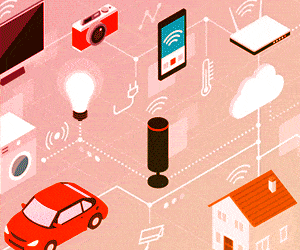Researchers have developed a new algorithm that enables a horde of drones to function in sync and eliminate any chances of collision.

Drones have become increasingly popular in recent years, finding applications in industries ranging from agriculture to filmmaking to military operations. While there are many benefits to using drones, there are controversies as well as some technical concerns that limit their applications.
One such limitation is that when multiple drones are working together in the same airspace, perhaps spraying pesticide over a field of corn, there’s a risk they might crash into each other. To help avoid these costly crashes, MIT researchers presented a system called MADER. This multiagent trajectory-planner enables a group of drones to formulate optimal, collision-free trajectories. However, when the team tested the system on real drones, they found that if a drone doesn’t have up-to-date information on the trajectories of its partners, it might inadvertently select a path that results in a collision.
researchers revamped their system and are now rolling out Robust MADER, a multiagent trajectory planner that generates collision-free trajectories even when communications between agents are delayed. The algorithm incorporates a delay-check step during which a drone waits a specific amount of time before it commits to a new, optimized trajectory. If it receives additional trajectory information from fellow drones during the delay period, it might abandon its new trajectory and start the optimization process over again.
The researchers tested their new approach by running hundreds of simulations in which they artificially introduced communication delays. In each simulation, Robust MADER was 100 percent successful at generating collision-free trajectories, while all the baselines caused crashes.
Reference : Kota Kondo et al, Robust MADER: Decentralized Multiagent Trajectory Planner Robust to Communication Delay in Dynamic Environments, arXiv (2023). DOI: 10.48550/arxiv.2303.06222






